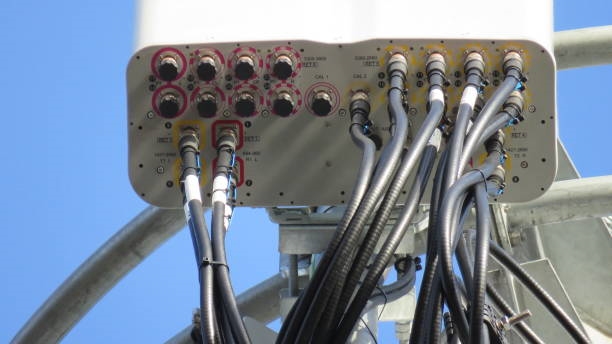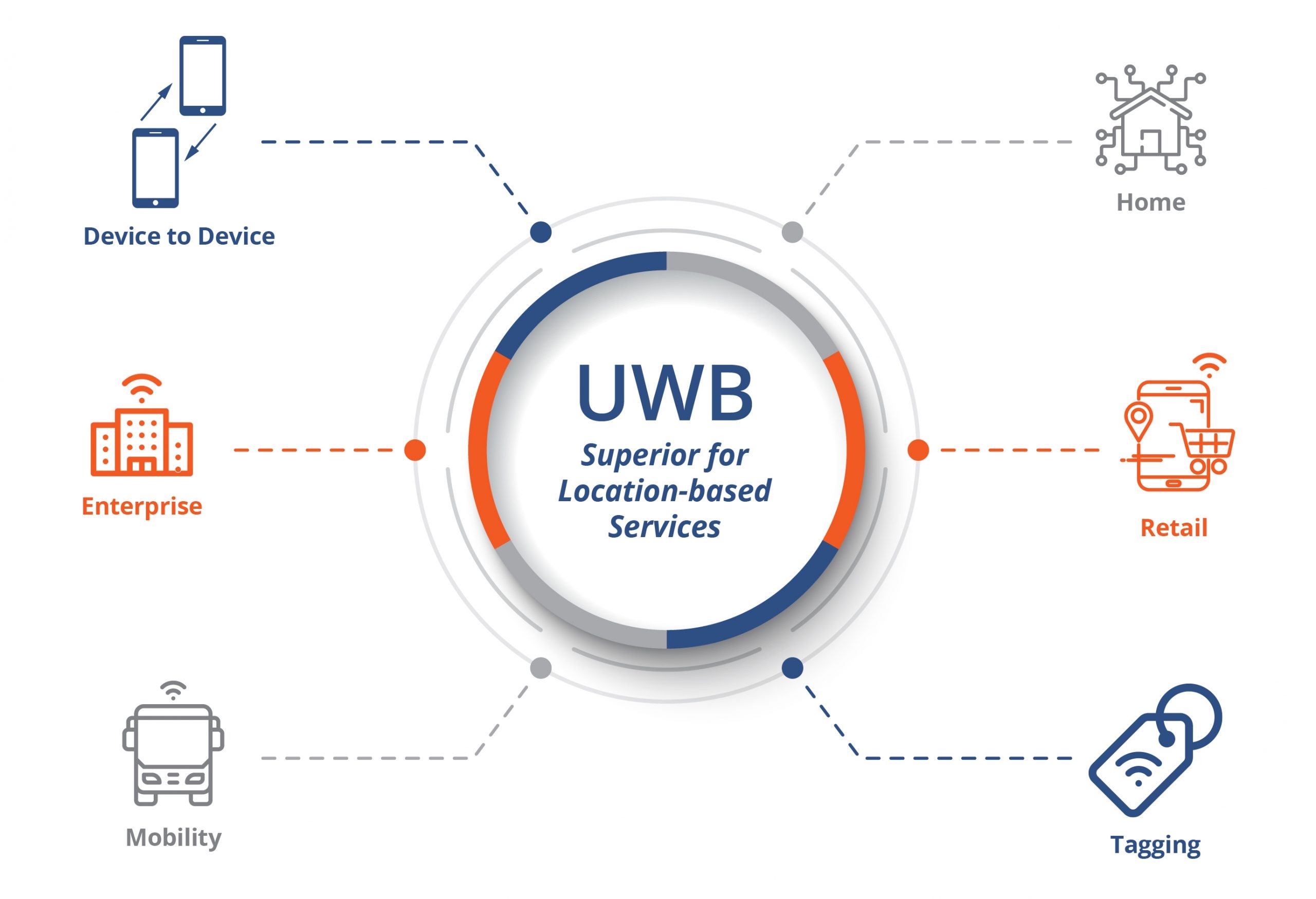Overview
This article describes the architecture and basic operating principles of low Earth orbit (LEO) satellite communication systems, including their main functional components and how they interact to provide end-to-end communication.
System architecture
The system typically consists of the following elements:
- LEO satellites: The core elements of the communication system, operating in low Earth orbit (LEO) at altitudes generally below 1,000 km. These satellites communicate with ground terminals via radio links.
- Ground terminals: User equipment such as mobile phones, computers, and routers. Ground terminals use antennas to exchange signals with LEO satellites.
- Ground stations: Facilities that communicate with LEO satellites, including antenna systems, signal processing equipment, and communication interfaces. Ground stations receive signals from satellites and transmit user data to satellites.
- Control center: Monitors and controls the operation of the satellite communication system, handling orbit control, data flow management, user access, and fault handling.
- Network service providers: Entities that provide network services over the LEO satellite system, such as Internet access, voice, and data transmission. They maintain connectivity between satellite and terrestrial networks.
- Data centers: Facilities that store, process, and distribute user data, responsible for forwarding data to target endpoints and handling storage, encryption, and decryption.
How it works
The basic operating process of a LEO satellite communication system includes the following steps:
- Establishing the satellite link: Ground stations transmit communication signals to LEO satellites covering a designated area. The ground station forwards signals to the control center, which computes orbital parameters and coordinates with the satellites.
- Satellite signal transmission: Satellites receive signals from ground stations, process them, and forward them toward target areas. Satellite antenna systems broadcast signals across their coverage footprint to reach ground terminals.
- Signal reception and processing: Ground terminal antennas receive signals from the satellite, which are then demodulated and decoded into voice, data, or images.
- User data transmission: Ground terminals send user-generated data (voice, data, images) to the satellite, which relays the data to other terminals within the target area.
- Data routing and forwarding: Onboard satellite equipment routes received user data to target terminals. Data centers receive, store, process, and forward user data to ensure secure and efficient transmission.
- Control and management: The control center performs real-time monitoring and orbit adjustments to maintain stable links between satellites and ground terminals. It also manages user access, data transmission, and fault resolution.
Advantages and applications
Because LEO satellites operate relatively close to Earth, they offer lower transmission latency compared with higher orbits, which benefits high-speed data transmission and real-time communication. LEO satellite systems can also provide connectivity in regions with limited terrestrial infrastructure and support communication recovery after disasters.
 ALLPCB
ALLPCB







